If you're considering giving your kitchen table a makeover, one of the first decisions you'll have to make is whether to stain or paint it. Both options have their own unique benefits and drawbacks, and it can be a tough choice to make. In this article, we'll take a closer look at the pros and cons of staining and painting your kitchen table, so you can make an informed decision that best suits your needs and preferences.1. "Staining vs Painting: Which is the Best Option for Your Kitchen Table?"
Before diving into the details of each option, let's first explore the general advantages and disadvantages of staining and painting your kitchen table. Staining offers a more natural and rustic look, while painting allows for more customization and color choices. However, staining can be more time-consuming and requires more prep work, while painting may require multiple coats for full coverage.2. "Pros and Cons of Staining and Painting Your Kitchen Table"
When making the decision between staining or painting your kitchen table, there are a few factors to consider. First, think about your personal style and the overall aesthetic of your kitchen. If you prefer a more traditional or rustic look, staining may be the way to go. If you want to add a pop of color or a modern touch, painting may be the better option. You should also consider the condition of your kitchen table. If it has scratches or imperfections that you want to cover up, painting may be the best choice. However, if you want to enhance the natural wood grain and texture, staining can do just that.3. "How to Decide Between Staining or Painting Your Kitchen Table"
Staining offers a variety of benefits for your kitchen table. For one, it allows the natural beauty of the wood to shine through, enhancing its texture and grain. Stain also penetrates the wood, providing a more durable and long-lasting finish than paint. Additionally, staining can be a more affordable option, as it typically requires fewer materials and coats than painting.4. "The Benefits of Staining Your Kitchen Table"
On the other hand, painting your kitchen table opens up a world of possibilities for customization. You can choose from a wide range of colors and finishes, and even create a pattern or design on your table. Paint also offers a more even and consistent coverage, making it easier to achieve a flawless finish. Plus, if you ever change your mind or want to update the look of your kitchen, it's easy to repaint your table.5. "Why You Should Consider Painting Your Kitchen Table"
If you've decided to go with staining for your kitchen table, there are a few tips to keep in mind for a successful outcome. First, make sure to properly sand and clean your table before applying any stain. This will ensure that the stain adheres evenly and smoothly. Also, be sure to choose the right type of stain for your wood, whether it's oil-based or water-based. Finally, always apply multiple thin coats rather than one thick coat, and allow each coat to fully dry before adding another.6. "Tips for Successfully Staining Your Kitchen Table"
For those who have decided to paint their kitchen table, here's a step-by-step guide to help you achieve a professional-looking finish. Start by sanding and cleaning your table, just as you would for staining. Then, prime the table with a high-quality primer to ensure the paint adheres properly. Next, apply thin coats of paint, allowing each coat to dry completely before adding another. If you want a more distressed look, you can lightly sand the table between coats. Finally, finish off with a clear topcoat for added protection and durability.7. "The Process of Painting Your Kitchen Table: Step-by-Step Guide"
One of the main considerations when deciding between staining or painting your kitchen table is the cost. While staining may be more affordable upfront, painting can offer more long-term savings. A properly painted table can last for years without needing a touch-up or reapplication. Staining, on the other hand, may require more frequent maintenance and touch-ups to maintain its appearance.8. "Staining vs Painting: Which Option is More Cost-Effective?"
No matter which option you choose, proper prep work is crucial for a successful outcome. For staining, this includes sanding the table to remove any old finish or imperfections, and then cleaning it thoroughly to ensure the stain adheres properly. For painting, you'll also want to sand and clean the table, and then prime it before applying any paint. Taking the time to properly prep your table will result in a smoother and more durable finish.9. "How to Prep Your Kitchen Table for Staining or Painting"
If you're still unsure about whether to stain or paint your kitchen table, it can be helpful to seek advice from experts. Talk to a professional at your local hardware store or consult with a furniture refinishing specialist for personalized recommendations and tips. They can also help you choose the right type of finish for your table, whether it's a matte, satin, or glossy look. In conclusion, both staining and painting offer their own unique benefits and considerations when it comes to refinishing your kitchen table. Consider your personal style, the condition of your table, and your budget to help you make the best decision for your home. With the right prep work and techniques, you can achieve a beautiful and long-lasting finish that will make your kitchen table the centerpiece of your space.10. "Expert Advice on Choosing the Right Finish for Your Kitchen Table"
Why You Should Consider Painting Your Kitchen Table

Benefits of Painting
 When it comes to designing your kitchen, the first thing that may come to mind is the color of your walls, cabinets, and countertops. However, don't overlook the importance of the kitchen table. After all, it is the centerpiece of your kitchen and a place where you and your family spend a lot of time together. One of the biggest debates when it comes to kitchen tables is whether to
stain or paint
them. While both options have their own advantages, painting your kitchen table can bring a unique and fresh look to your space.
Here are some reasons why you should consider painting your kitchen table:
When it comes to designing your kitchen, the first thing that may come to mind is the color of your walls, cabinets, and countertops. However, don't overlook the importance of the kitchen table. After all, it is the centerpiece of your kitchen and a place where you and your family spend a lot of time together. One of the biggest debates when it comes to kitchen tables is whether to
stain or paint
them. While both options have their own advantages, painting your kitchen table can bring a unique and fresh look to your space.
Here are some reasons why you should consider painting your kitchen table:
Unlimited Color Options
 Unlike staining, painting allows you to choose from a wide range of colors to match your kitchen's overall aesthetic. With
paint
, you can bring a pop of color to your kitchen or stick with a more neutral tone. You can also experiment with different finishes, such as matte or glossy, to achieve the desired look for your kitchen table.
Painting
your kitchen table gives you the freedom to be creative and add your personal touch to your kitchen's design.
Unlike staining, painting allows you to choose from a wide range of colors to match your kitchen's overall aesthetic. With
paint
, you can bring a pop of color to your kitchen or stick with a more neutral tone. You can also experiment with different finishes, such as matte or glossy, to achieve the desired look for your kitchen table.
Painting
your kitchen table gives you the freedom to be creative and add your personal touch to your kitchen's design.
Easy to Update
 As trends and styles change, you may want to update the look of your kitchen without having to make major changes. When you
paint
your kitchen table, it is much easier to change the color or finish compared to staining. With painting, you can easily update the look of your kitchen table without spending a lot of time and money. This allows you to keep up with the latest design trends without having to replace your entire kitchen table.
As trends and styles change, you may want to update the look of your kitchen without having to make major changes. When you
paint
your kitchen table, it is much easier to change the color or finish compared to staining. With painting, you can easily update the look of your kitchen table without spending a lot of time and money. This allows you to keep up with the latest design trends without having to replace your entire kitchen table.
Protects the Surface
 Another advantage of painting your kitchen table is that it helps protect the surface from scratches, stains, and other damages.
Paint
creates a strong barrier that can withstand everyday wear and tear. You can also choose a paint with a durable finish, such as polyurethane, to further protect your kitchen table from spills and scratches. This will not only help your table last longer but also keep it looking new and fresh for years to come.
Another advantage of painting your kitchen table is that it helps protect the surface from scratches, stains, and other damages.
Paint
creates a strong barrier that can withstand everyday wear and tear. You can also choose a paint with a durable finish, such as polyurethane, to further protect your kitchen table from spills and scratches. This will not only help your table last longer but also keep it looking new and fresh for years to come.
Budget-Friendly Option
 Painting your kitchen table is a cost-effective way to give your kitchen a new look without breaking the bank. Compared to staining,
paint
is a cheaper option and requires fewer materials. You can easily find quality paint and supplies at your local hardware store, making it a budget-friendly choice for those looking to update their kitchen on a budget.
In conclusion, while staining may be a popular option for kitchen tables, painting offers many benefits that should not be overlooked. With its unlimited color options, easy updates, surface protection, and budget-friendly nature, painting your kitchen table is a great way to add style and personality to your kitchen. So, if you are considering giving your kitchen a fresh new look, don't be afraid to pick up a paintbrush and transform your kitchen table into a stunning centerpiece.
Painting your kitchen table is a cost-effective way to give your kitchen a new look without breaking the bank. Compared to staining,
paint
is a cheaper option and requires fewer materials. You can easily find quality paint and supplies at your local hardware store, making it a budget-friendly choice for those looking to update their kitchen on a budget.
In conclusion, while staining may be a popular option for kitchen tables, painting offers many benefits that should not be overlooked. With its unlimited color options, easy updates, surface protection, and budget-friendly nature, painting your kitchen table is a great way to add style and personality to your kitchen. So, if you are considering giving your kitchen a fresh new look, don't be afraid to pick up a paintbrush and transform your kitchen table into a stunning centerpiece.



















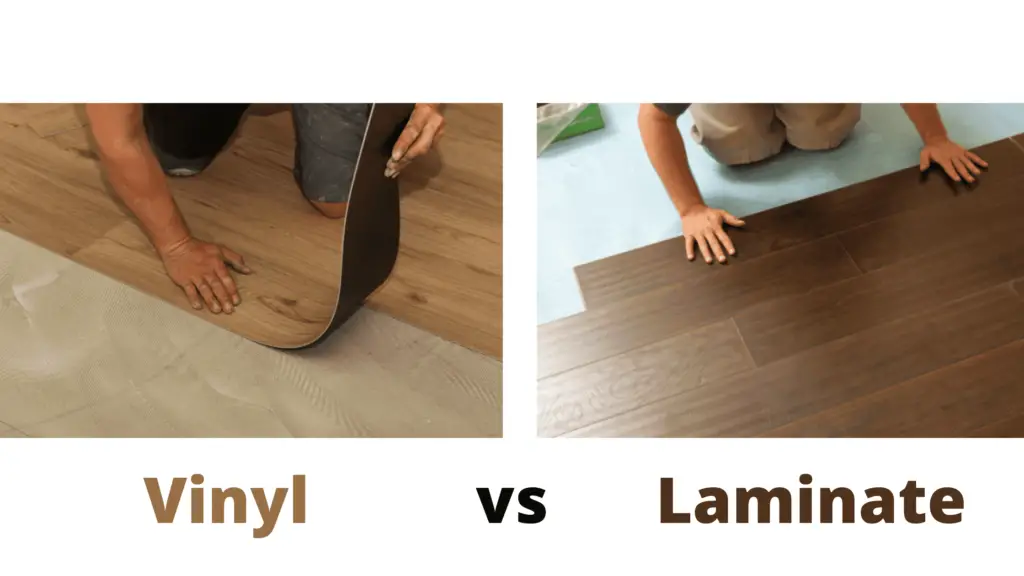































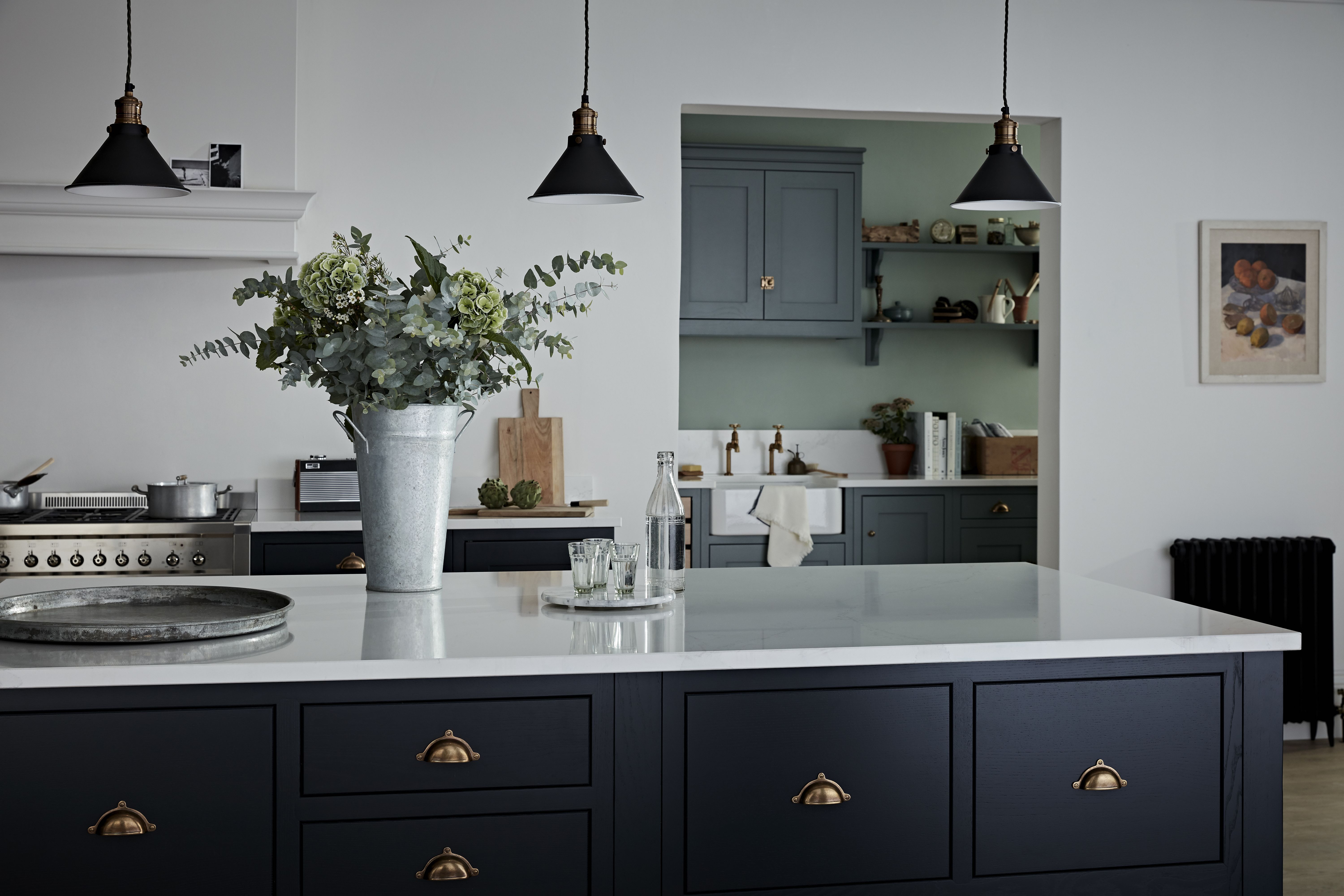






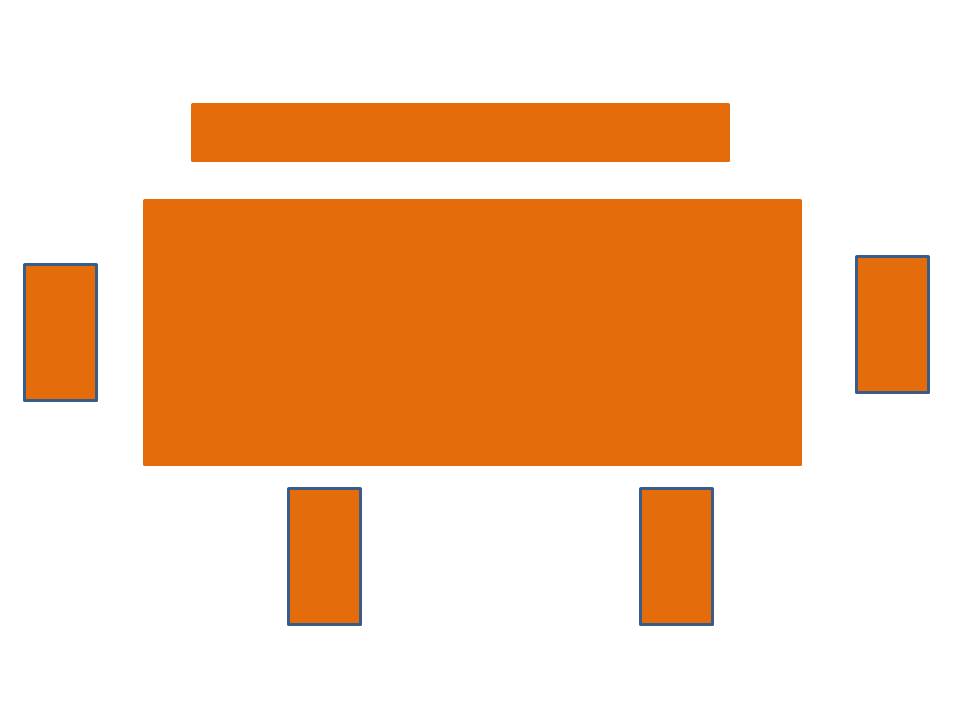













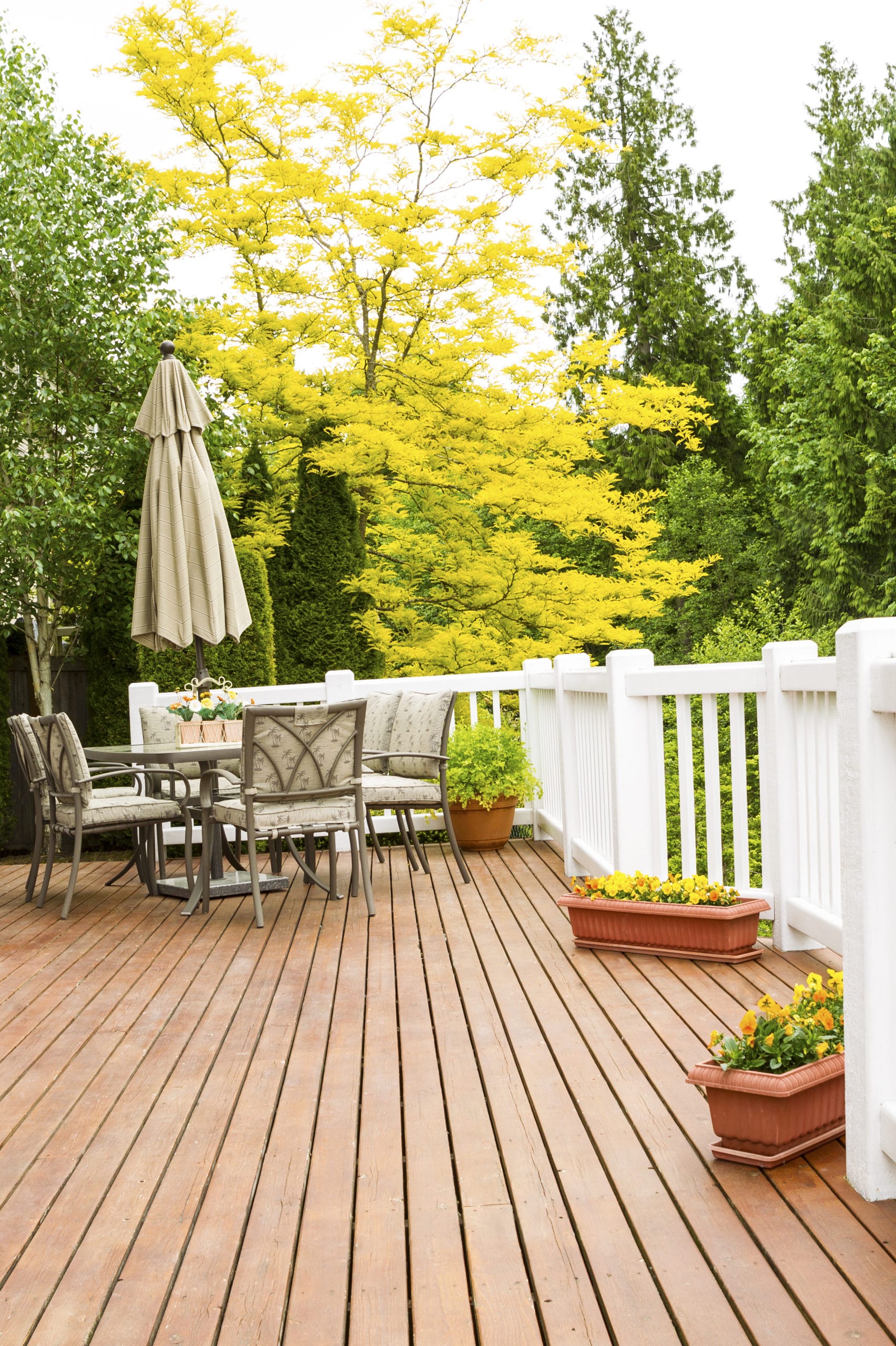


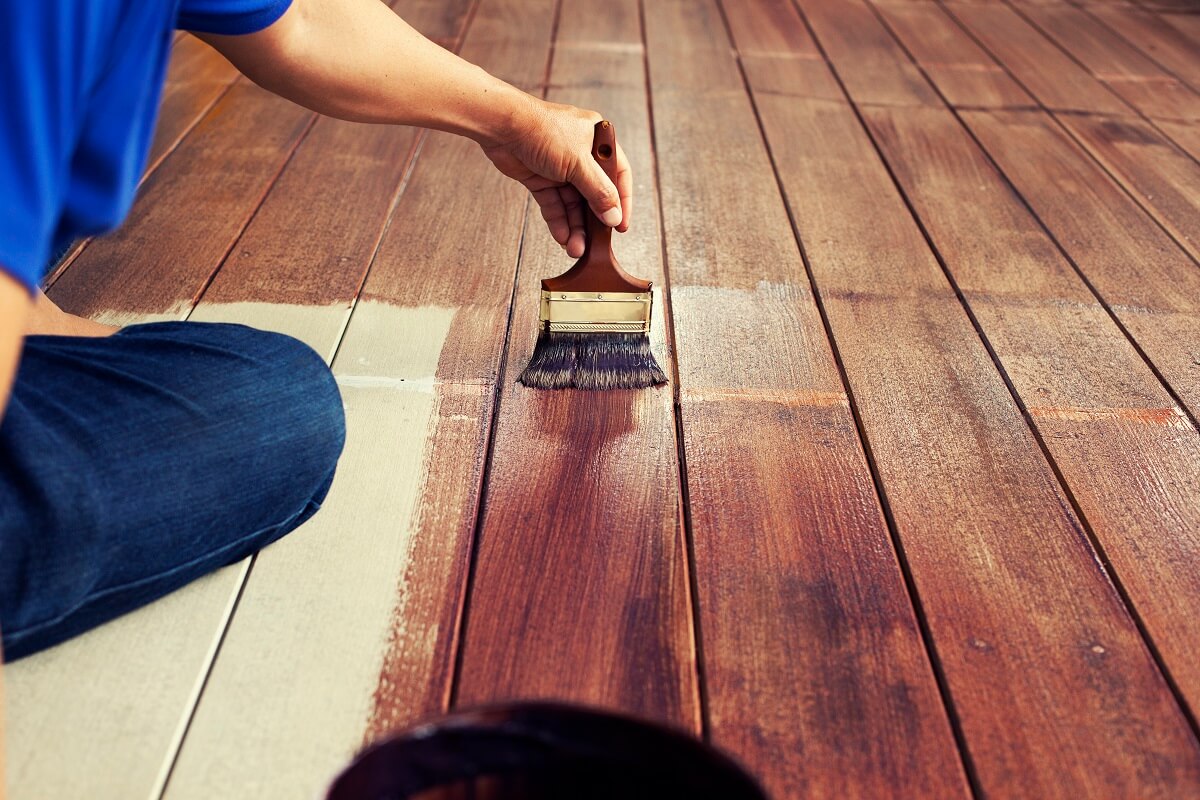




















/Chandelier_0635-0b1c24a8045f4a2cbdf083d80ef0f658.jpg)




